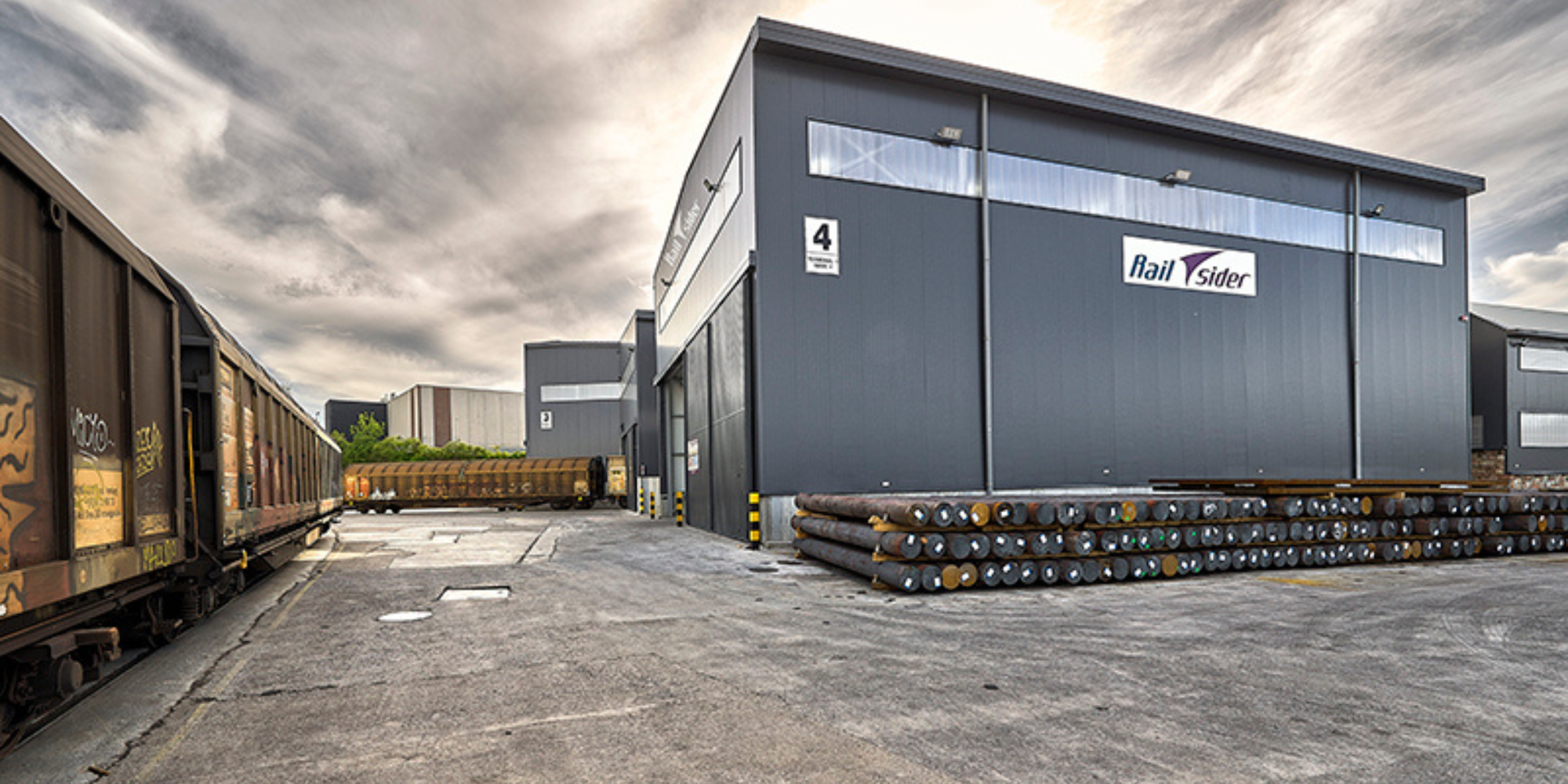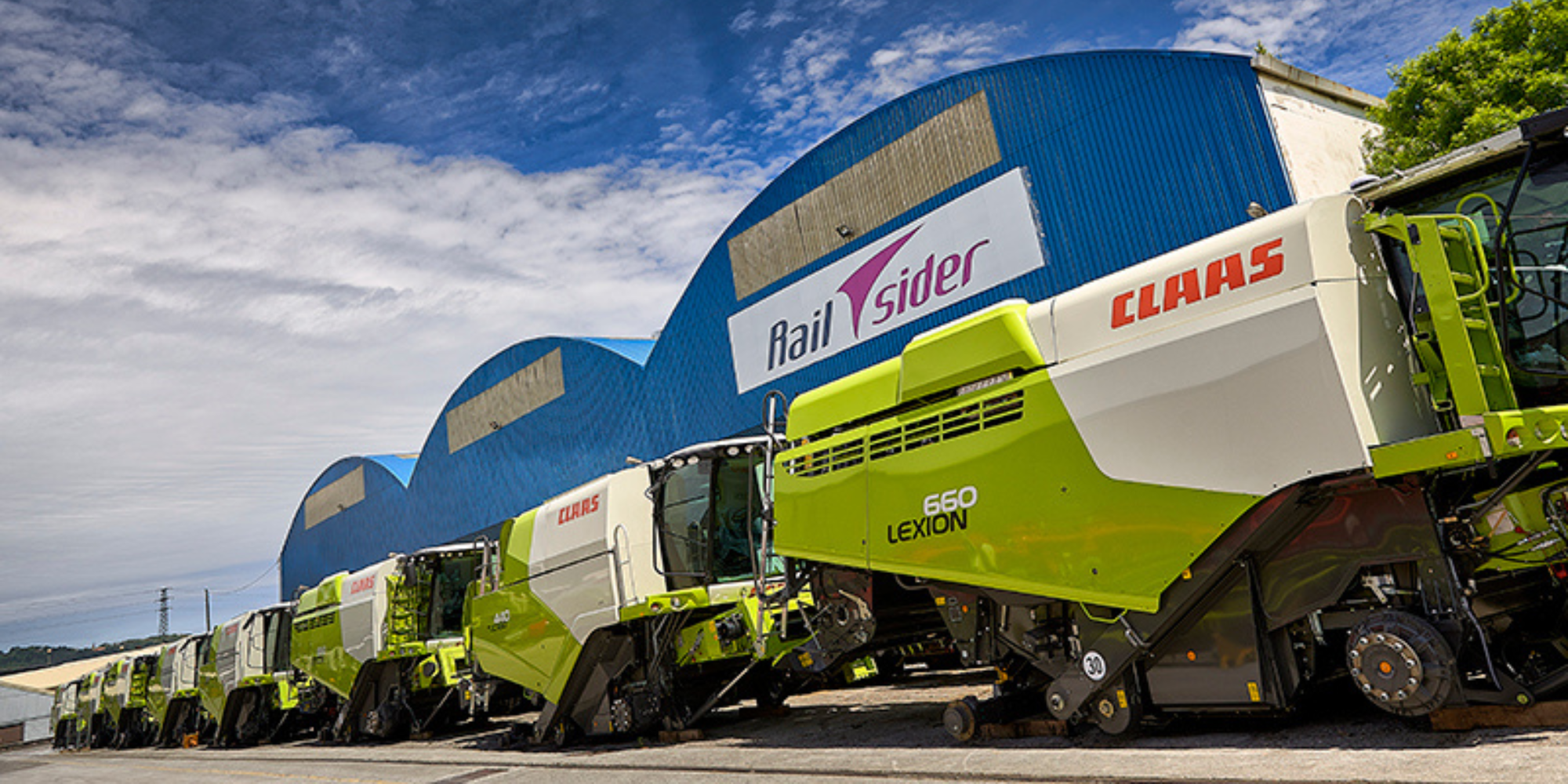Rail freight and intermodal logistics now play a key role in the efficiency and sustainability of the global supply chain. With the growing demand for more efficient and environmentally friendly transport, rail has become a viable and strategic option for long-distance freight transport.
Efficiency and Sustainability in Freight Transport
One of the most attractive features of rail freight is the ability to carry large volumes of freight across long distances efficiently. Freight trains can carry significant amounts of freight at competitive speeds, in many cases outperforming other modes of land transport, such as trucks, in terms of capacity and energy consumption.
Rail transport is also a sustainable solution for the supply chain. Unlike trucks, trains are more efficient in terms of carbon emissions per tonne-kilometre transported. The electrification of railway lines and the use of cleaner technologies help to reduce the carbon footprint of freight transport.

Intermodality: A Comprehensive Approach
Intermodal logistics is a comprehensive approach that combines different modes of transport to optimise efficiency and flexibility in the supply chain. In this context, rail transport is combined with other modes of transport, such as roads and ports, to provide a comprehensive and seamless solution.
Intermodal containers play a crucial role in this synergy. These containers are designed to be compatible with various modes of transport, allowing smooth transfer of goods between trains, trucks and ships. This ability to change modes of transport without the need for direct cargo handling optimises transit times and reduces operating costs.
Economic and Competitive Advantages of Rail Transport and Intermodal Logistics
Rail freight and intermodal logistics offer significant economic advantages. Operational efficiency and reduced logistics costs are key factors attracting companies to this option. Trains can carry large volumes of freight at lower cost per tonne-kilometre compared to other modes of transport.
Intermodal logistics also improves the competitiveness of companies by offering fast and flexible deliveries. Companies can take advantage of the combination of modes of transport according to the specific needs of the supply chain, adapting to market demands and reducing delivery times.

Future Challenges and Opportunities for Rail Freight and Intermodal Logistics
Despite their many advantages, rail freight and intermodal logistics face some challenges. Rail infrastructure must be further developed and modernised to adapt to growing market demands. Cooperation between stakeholders in the logistics chain and the standardisation of processes are essential to ensure smooth and efficient integration.
Nevertheless, future opportunities are promising. As global trade and the need for sustainable logistics solutions continue to grow, rail freight and intermodal logistics are set to play an even more prominent role in the global supply chain.
As companies look for more advanced and environmentally friendly logistics solutions, rail is becoming a strategic and versatile option. With the continuous development of infrastructure and collaboration between stakeholders in the sector, this mode of transport promises to play a key role in the evolution of the global supply chain.
